AFI FEST 2011 presented by Audi wrapped up Thursday with the awards brunch and closing-night gala screening of “The Adventures of Tintin” by Steven Spielberg.
AFI FEST Director Jacqueline Lyanga announced the award winners at a short ceremony in the Roosevelt Hotel’s Blossom Room, which was the venue for the first Academy Awards presentation on May 16, 1929.
There were encore showings at the Egyptian Theatre of some of the award-winning films. The festival bestows audience, jury and critics’ prizes. More than 150 filmmakers from around the world presented their work this year.
AUDIENCE AWARDS
Breakthrough (award accompanied by a $5,000 cash prize): “With Every Heartbeat” by Alexandra-Therese Keining (Sweden)
New Auteurs: “Bullhead” by Michaël R. Roskam (Belgium)
World Cinema: A tie between “Jiro Dreams of Sushi” by David Gelb (US) and “Kinyarwanda” by Alrick Brown (US/Rwanda)
Young Americans: “Wuss” by Clay Liford (US)
CRITICS’ AWARDS
This year, AFI FEST debuted its New Auteurs Critics’ Prize selected by Justin Chang (Variety), Mike Goodridge (Screen International), Mark Olsen (Los Angeles Times) and Jean Oppenheimer (American Cinematographer).
Grand Jury prize: “The Loneliest Planet” by Julia Loktev (US/Germany)
Special Jury prize: “Attenberg” by Athina Rachel Tsangari (Greece)
Acting prize: Matthias Schoenaerts of “Bullhead” (Belgium)
SHORT FILM JURY AWARDS
A jury chooses the top live-action and animated short films. The Academy of Motion Pictures Arts and Sciences recognizes each winner as a qualifier for the Academy Awards. To read the list and see more highlights from the fest, visit: http://afi-afifest.tumblr.com/post/12651668281.

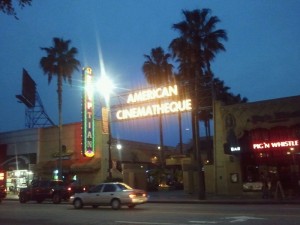





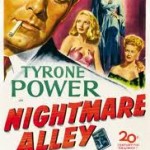
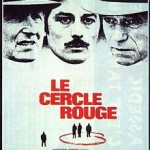
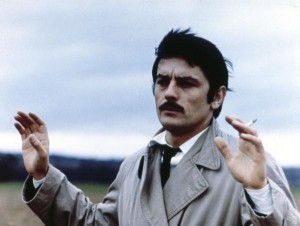
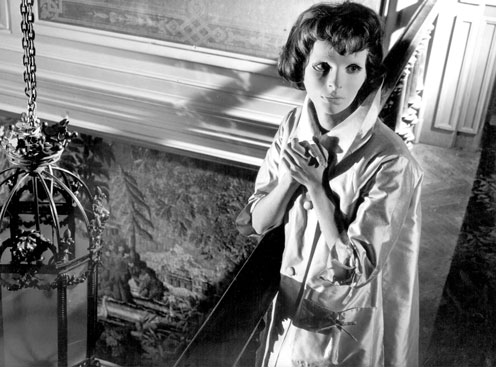
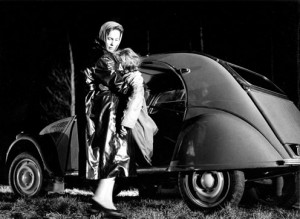
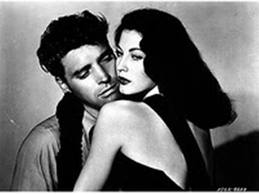
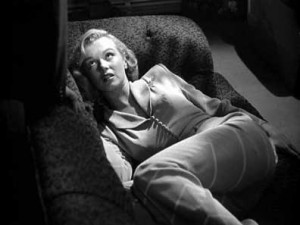
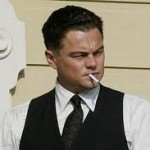





From FNB readers